Recent Non-Fiction Books About Japan That You Must Read
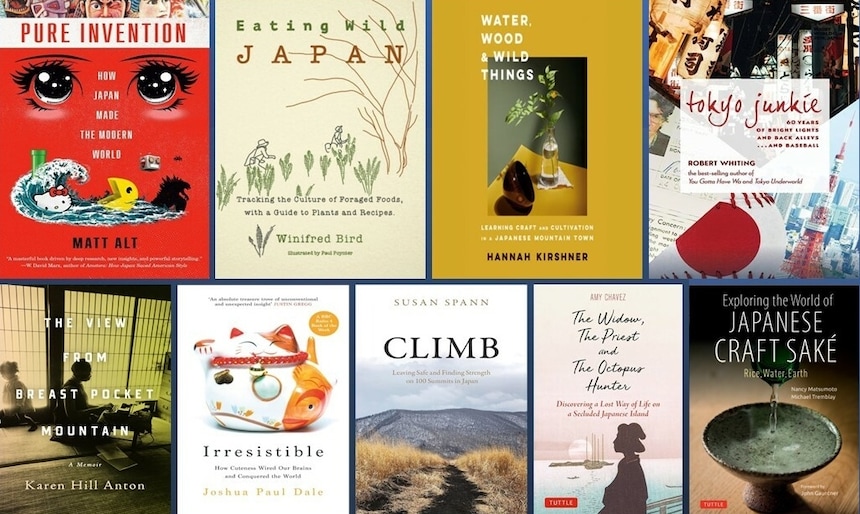
"Tokyo Junkie: 60 Years of Bright Lights and Back Alleys . . . and Baseball," by Robert Whiting

Whiting's memorable years in Japan are recounted in great detail.
Robert Whiting is well known for his bestselling books about Japanese baseball, but in this memoir he turns his attention to another subject dear to his heart, Tokyo. Whiting has called Tokyo home on and off since arriving as a wide-eyed GI from small town America in 1962. As such, this riveting book serves not only as a memoir, but also as a love letter to the world’s most-populated metropolis.
The timing for writing this memoir was impeccable, as the leadup to the 2020 Tokyo Olympics provides an excellent opportunity for Whiting's reflections on preparations for the 1964 Olympics, which he calls “one of the most remarkable and sustained metamorphoses ever seen.” The book kicks off in early 1960s Tokyo, as Whiting takes us on a fascinating journey charting the development of both a city and the narrator. Along the way, Whiting graduates from Sophia University, works for Encyclopedia Britannica Japan, and writes articles and books about everything from baseball to the criminal underworld. Looking back on his six-decade love affair with Tokyo, Whiting refers to his life story as “part Alice in Wonderland, part Bright Lights, Big City, and part Forrest Gump.” But Tokyo Junkie is wholly entertaining.
Book information
"The View from Breast Pocket Mountain: A Memoir," by Karen Hill Anton
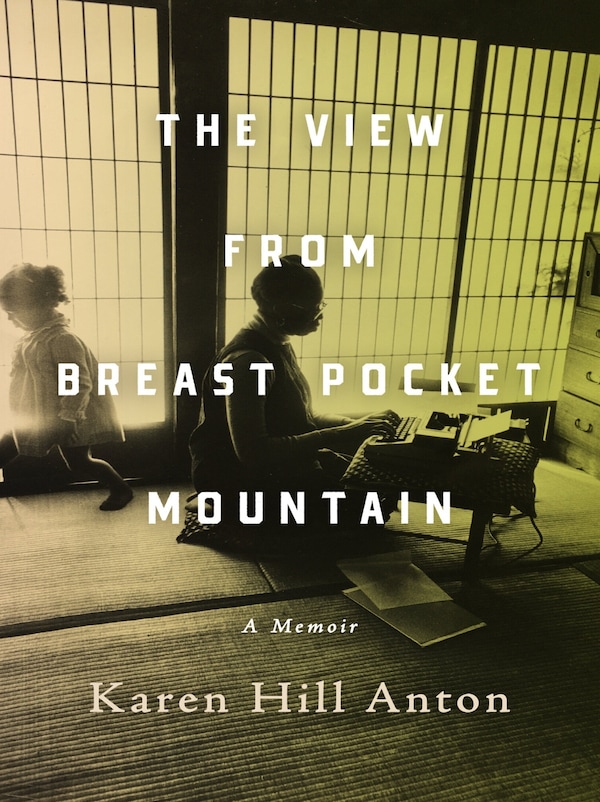
Anton's memoir covers some five decades of rural life in Japan.
Like Robert Whiting, Karen Hill Anton has enjoyed a decades-long relationship with Japan, calling the country home since 1975. Whereas Whiting went from small town America to big city Japan, however, Anton instead relocated from New York City to a hamlet deep in the mountains of Shizuoka Prefecture. Early in the book, Anton recalls her father’s mantra of, “We never know what will come,” and these words set the tone for this gripping memoir.
Anton’s penchant for taking the road less traveled is evident early on, as she and her husband move to Japan the adventurous way—traveling overland from Europe through Turkey, Iran, and Afghanistan. Once settled in Shizuoka, Anton continues to accept every challenge life presents, as she becomes a long-time columnist for The Japan Times and Chunichi Shimbun, serves on advisory councils for prime ministers, earns second-degree mastery in Japanese calligraphy, and raises four bilingual, bicultural children. Anton refers to her memoir as “a story that gives a glimpse of a life not designed or even imagined, but fully embraced.” Readers will also surely embrace this inspiring and poignant book.
Book information
"The Widow, The Priest and The Octopus Hunter: Discovering a Lost Way of Life on a Secluded Japanese Island," by Amy Chavez
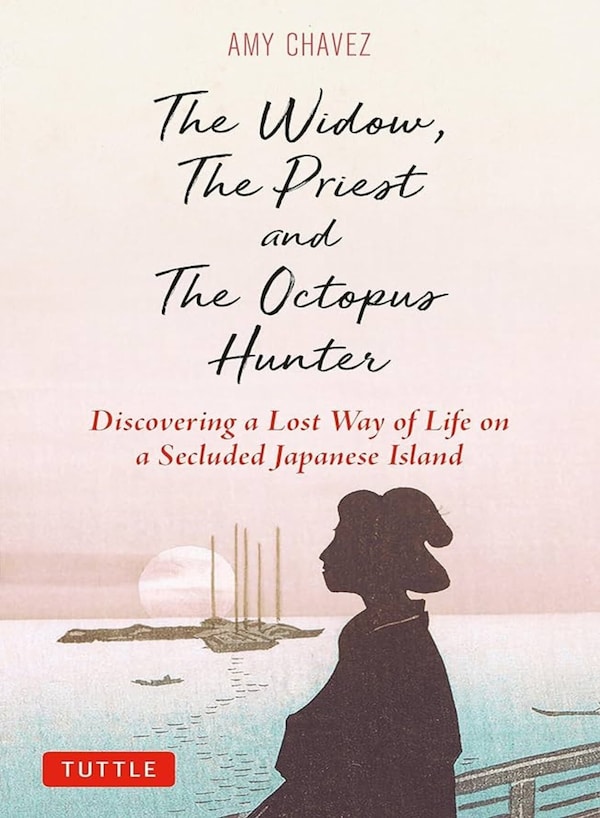
Chavez portrays life on a secluded island in the inland sea.
Amy Chavez is another long-term resident of Japan who settled in the most unlikely of places, having called Shiraishi Island (population 430) on the Seto Inland Sea home since 1997. As Chavez explains it, however, she felt right at home on this small island in Okayama Prefecture, as she “always enjoyed the sweaty fragrance of a fisherman to an aromatic man in an Armani suit.”
This wonderful and important book is not a memoir, but rather provides intimate portraits of 31 residents of the island (including the author). Chavez painstakingly spent over 100 hours interviewing everyone from a cargo ship captain to a Buddhist priest to an octopus hunter in capturing 100 years of local history. In a time when we are constantly being reminded of the depopulation issues facing Japan, these portraits eloquently capture a traditional way of life on a secluded island. A photo insert with 30 impressive images helps bring these varied stories to life. In defending the lifestyle offered by her adopted home, Chavez writes, “I’m still content to watch lavender-colored sunsets from Shiraishi Beach in bare feet rather than from a posh restaurant atop a grand building.” Fortunately, her book now provides us with our own intimate view of Shiraishi Island.
Book information
"Pure Invention: How Japan Made the Modern World," by Matt Alt

Alt takes a historical approach to Japan's "fantasy-delivery devices."
In addition to his work as a localizer of Japanese entertainment, including video games and manga, Matt Alt’s writing has been featured in media outlets ranging from The New Yorker to BBC Culture to Wired. Alt has established himself as one of the premier experts on Japanese pop culture, culminating in Pure Invention, described as “the story of how Japan became a cultural superpower through the fantastic inventions that captured—and transformed—the world’s imagination.”
Alt covers a lot of ground in this book, from the dramatic rebirth of the Japanese toy industry in post-war Japan to the groundbreaking premier of the anime series Mighty Atom (Astro Boy outside of Japan) in 1963 to the global spread of Sony’s Walkman in the 1980s. One of the major appeals of this meticulously researched book is the narrative nonfiction approach. Alt deftly takes the reader on a journey from invention to invention (or, as he calls them, “fantasy-delivery devices”) in an engaging writing style. Equally impressive is Alt’s ability to secure interviews, including with 95-year-old entrepreneur Shigeichi Negishi to talk about his 1967 invention the Sparko Box, credited with being the first karaoke machine.
Book information
"Irresistible: How Cuteness Wired Our Brains and Conquered the World," by Joshua Paul Dale
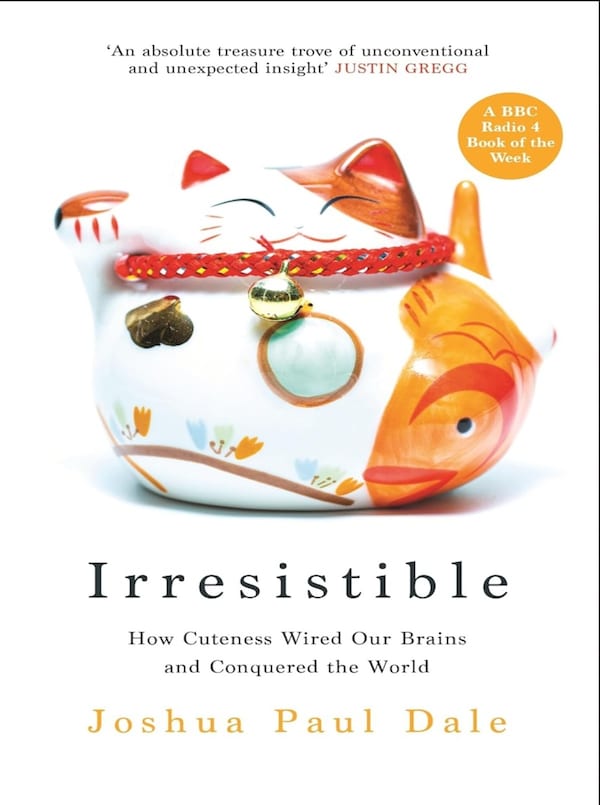
Dale analyzes the cute craze in this well-researched book.
When I first discovered this book, two surprises were in store. The first was that there is now an academic field known as Cuteness Studies. The second (pleasant) surprise is that someone could write an academic book about the kawaii (cute) phenomenon in a compelling style. Both of these surprises are the achievements of Joshua Paul Dale of Chuo University.
The scope of Dale’s research is impressive as the reader is provided with a full-fledged cultural analysis of what it means to be kawaii. For example, a visit to Zao Fox Village in Miyagi Prefecture causes him to ponder why domesticated animals are cuter than wild animals. Dale then goes down the rabbit hole of animal cuteness to discuss Soviet geneticist Dmitry Belyayev’s decades-long experiment to domesticate silver foxes. The author takes us on a number of such global detours, but always circles back to analyze the spread and meaning of kawaii in Japan. In the process, he traces kawaii from Sei Shonagon’s Heian period The Pillow Book (completed in 1002) to the modern proliferation of mascot characters and cutely-designed manhole covers. Along the way, Dale continuously addresses his own burning question of “How did this explosion of cuteness happen?”
Book information
"Eating Wild Japan: Tracking the Culture of Foraged Foods," by Winifred Bird

Bird's book is an odyssey to foraged foods.
You can’t make a list of great reads about Japan without including books about the country’s culinary treasures. Countless critics, YouTubers, and bloggers from around the globe have extolled the wonders of the cuisine that makes Japan a foodie’s paradise. Journalist Winifred Bird, however, manages to find new ground by going beyond sushi or noodles and instead focusing on foraged foods.
Bird spent nearly 10 years living in rural Japan, growing her own rice and vegetables and enjoying foraged foods. The book lives up to its description: “Bird eats her way from one end of the country to the other in search of the hidden stories of Japan's wild foods, the people who pick them, and the places whose histories they've shaped.” Her foraging odyssey includes 10 locations, from Mt. Aso in Kumamoto Prefecture to the Ainu district of Nibutani in Hokkaido. Bird’s book does an important job of shedding light on the tradition of foraging wild foods such as sansai (mountain vegetables), as she notes that “much of the knowledge about how to pick and prepare them resides with elderly country people who lack successors to their traditions to urbanization and changing rural lifestyles.”
Book information
"Exploring the World of Japanese Craft Saké," by Nancy Matsumoto and Michael Tremblay

Matsumoto and Tremblay have written what is a craft saké bible.
While craft beer is now all the rage in Japan and the world, it was a pleasant surprise to discover this impressively detailed book on craft saké. In researching the book, the authors visited more than 30 artisanal saké factories in Japan, the US, and Canada. The result is a delightful crash course on the history, brewing process, and varieties of Japan’s ancient beverage.
Considering its inclusion of over 300 color photos, this is one book in which the paperback is highly recommended over the ebook. The photos and illustrations greatly contribute to educating the reader on everything from differentiating between saké styles to reading bottle labels to choosing the proper drinking vessel. While saké brewing has traditionally been considered a man’s world (and women were even banned from entering saké breweries during the Edo period), the authors also highlight changing trends with a chapter devoted to female saké brewers.
Book information
"Water, Wood & Wild Things: Learning Craft and Cultivation in a Japanese Mountain Town," by Hannah Kirshner

Kirshner's book is an ode to craft and cultivation.
Saké also played an important role in the creation of this book, as it was an invitation from a “saké evangelist” to work in his bar that prompted the author to relocate from Brooklyn to Yamanaka, Ishikawa Prefecture. Inspired by the wide array of craftspeople she encountered in this small mountain town of less than 8000 people, Kirshner wrote this book, aptly described as “a profound examination of what it means to sustain traditions and find purpose in cultivation and craft.”
In addition to the aforementioned saké evangelist, Kirshner offers captivating portraits of local craftspeople, including a paper artist, duck and wild boar hunters, and woodturners. The author also explores the local culinary delights and offers exotic recipes for everything from miso-cured eggs to persimmon-leaf sushi to pickled wasabi greens. An art school graduate, Kirshner also enhances the book with a selection of beautiful illustrations. With international tourists flocking to major cities like Tokyo and Kyoto, this book is a reminder of the rural hidden gems that are scattered throughout Japan.
Book information
"Climb: Leaving Safe and Finding Strength on 100 Summits in Japan," by Susan Spann
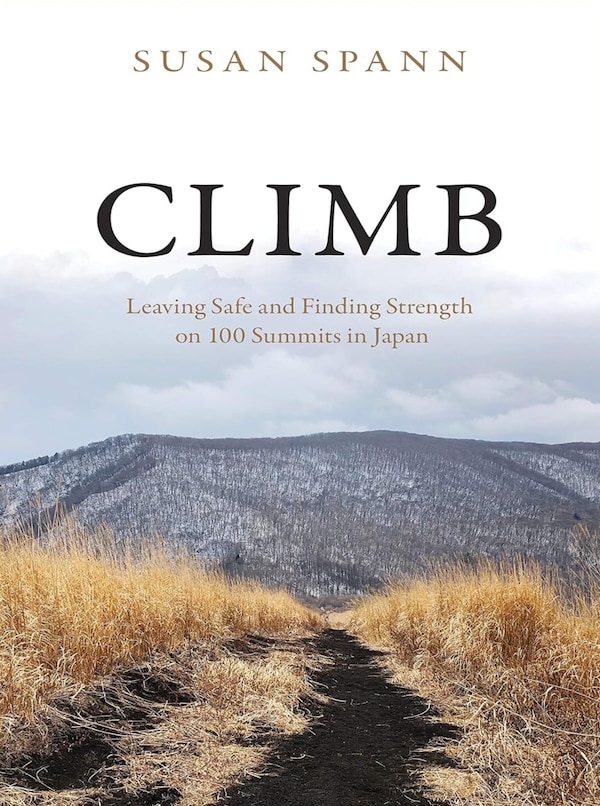
Susan Spann's book follows her courageous challenge up Japan's mountains.
In Climb, mystery author Susan Spann recounts her challenge of climbing the hyakumeizan, or Japan’s “top 100 mountains.” This list of mountains is based on a 1964 book by mountaineer Kyuya Fukada. Stretching from Mt. Miyanoura on the island of Yakushima (Kagoshima Prefecture) in the south to Mt. Rishiri on the island of the same name (Hokkaido) in the north, hiking enthusiasts in Japan may spend a lifetime completing the list.
Two important aspects set Spann’s challenge apart. First, although she faces uncertainty regarding her visa status, she sets out to summit all 100 mountains in a single year. Second, she carries on with pursuing her dream despite being diagnosed with an aggressive form of breast cancer. Spann ironically informs the reader that “I have always been afraid of the things I love.” Yet she never backs down from the mammoth challenge ahead of her. It is a truly inspiring read, but one also full of dark and self-deprecating humor, such as when Spann recounts an early hiking mishap and questions what she is getting herself into by admitting that “I was a middle-aged, overweight woman who courted disaster even hiking down a single mountain.”
Book information



